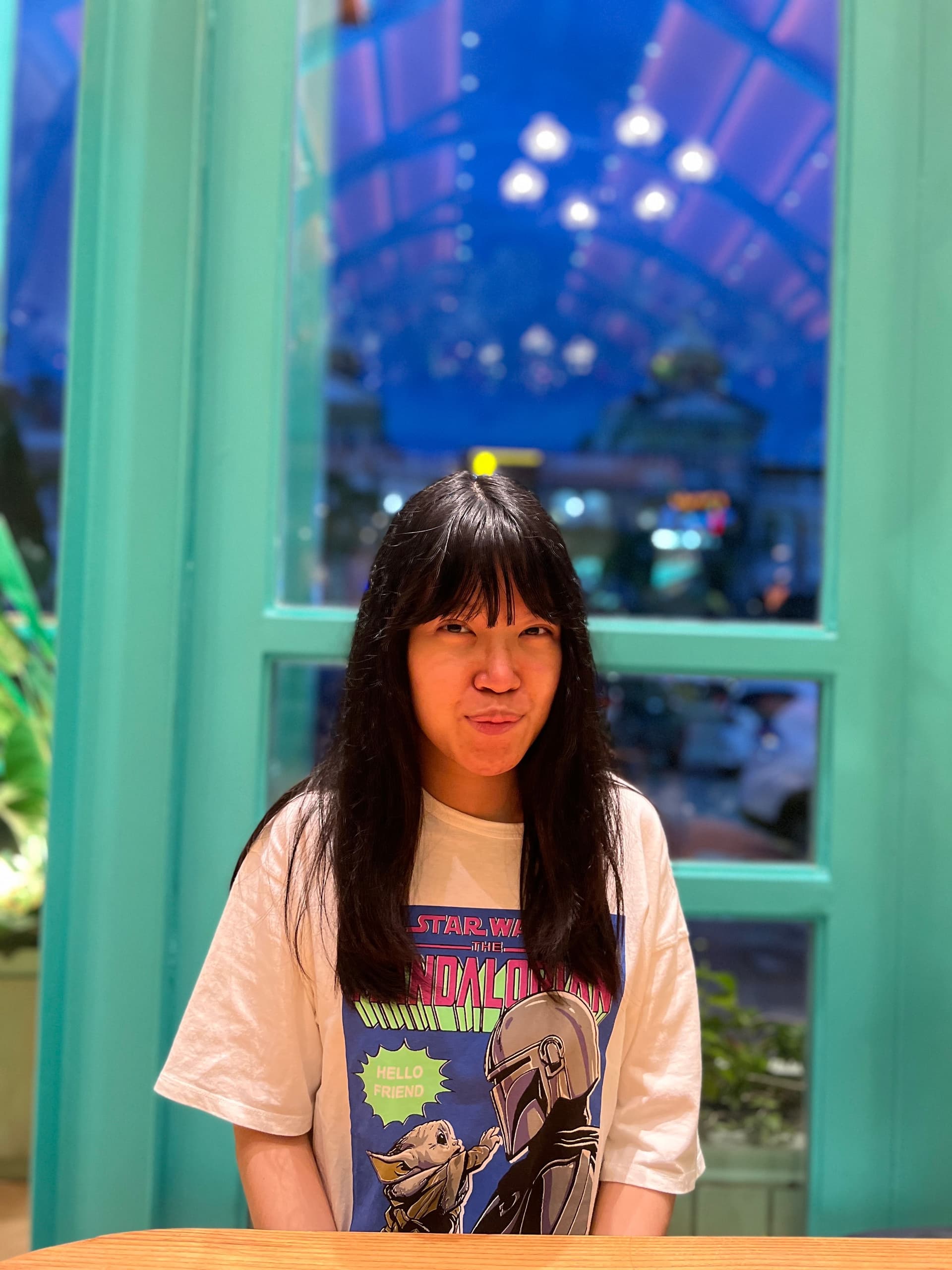
Shrimp is one of the aquaculture commodities with significant economic value in Indonesia. The shrimp production in Indonesia in 2022 reached more than 1.09 million tons according to data from the Ministry of Marine Affairs and Fisheries (KKP). Currently, the government continues to encourage the acceleration of shrimp production to achieve the target of 2 million tons by the end of 2024, with an increase in export value of up to 250%.
One of the potential efforts for increasing shrimp productivity is the two-step cultivation method. In Indonesia, shrimp cultivation commonly uses the one-step method, where shrimp received from hatcheries are directly stocked into grow-out ponds. What about the two-step method?
Two-step cultivation system concept
The two-step method is a type of cultivation that consists of two stages. In the first stage, shrimp fry is stocked into nursery ponds, and then transferred to grow-out ponds in the second stage. Nursery ponds are usually about 20 percent of the size of the grow-out ponds and have circular or elliptical shapes. Implementing this system is known to help shrimp grow stronger and promote faster growth when they are in the grow-out ponds. This cultivation system has been widely adopted in other shrimp-producing countries such as Vietnam and Ecuador.
In the two-step system, shrimp fry can be raised in nursery ponds for 15 to 40 days, using various systems such as biofloc, chemifloc, copefloc, RAS (Recirculating Aquaculture System), and more. This method requires precise management of both feeding and water quality, as high stocking density limits the carrying capacity of the ponds.
Opportunities and challenges for the two-step system
The two-step cultivation system has the potential to increase productivity. Based on data shared by Hasanuddin Atjo, Chairman of Shrimp Club Indonesia in Sulawesi, as reported by Minapoli, the comparison of cultivation results is 121-145 tons/ha/cycle for the two-step system and 71-100 tons/ha/cycle for the one-step system or without nursery ponds.
To effectively implement the two-step system, three factors must be considered: high-quality broodstock, proper feed management, and a well-maintained nursery environment. According to Hasanuddin Atjo, the stocked shrimp fry must be of high quality and have SPF (Specific Pathogen Free) certification. It is also important to understand the characteristics of the shrimp fry, such as growth rate, disease resistance, and ability to withstand extreme environmental conditions.
The challenges in implementing the two-step system lie in the required technology, as its development demands a transition from traditional to supra-intensive systems. This is because nursery development requires various supporting technologies such as aerators to maintain dissolved oxygen (DO), functional feed for the nursery phase, portable ponds, and effective waste treatment systems. Therefore, the successful adoption of the two-step system requires the involvement of both the central and local governments to improve technology in shrimp farms. In Indonesia, about 80 percent of shrimp production still relies on semi-intensive and intensive technologies.
Advantages and disadvantages of the two-step system
Advantages of the two-step cultivation system include:
- Optimizing stock control
- Minimizing diseases and damages caused by predators
- Improving feed efficiency and land utilization
- Facilitating monitoring of survival rate (SR)
- Increasing productivity
- Preventing early-stage cultivation failure
- Allowing for high stocking densities
- Saving energy and labor
However, there is also a possibility that this system may increase stress on shrimp during the transfer from nursery to grow-out ponds.
The implementation of the two-step cultivation system needs to be supported by technologies such as digital data management and regular water quality monitoring. For farmers who decide to try this cultivation system, it is essential to balance it with regular data recording, water quality measurements, and biosecurity implementation to increase the success of cultivation and ensure sustainable productivity.
Resources:
Wujudkan Industrialisasi Udang Nasional Melalui NSAF 2022 | Maritim.go.id
Wang, J. K., & Leiman, J. (2000). Optimizing multi-stage shrimp production systems. Aquacultural Engineering, 22(4), 243–254. doi:10.1016/s0144-8609(00)00038-8
Prospek & Tantangan Investasi Budidaya Udang, Anjungan | Trobos Aqua
Rico Wibisono: Manfaat Sistem Pendederan Udang, Almamater | Trobos Aqua
Hasanuddin Atjo Jelaskan Pentingnya Nursery Udang | INFOMINA





